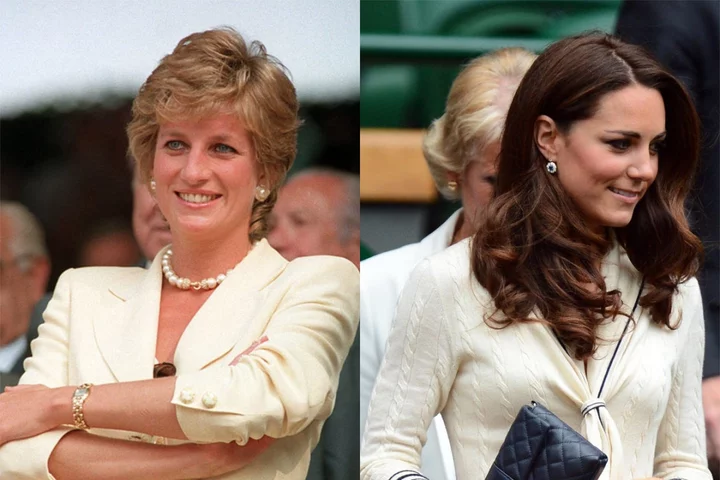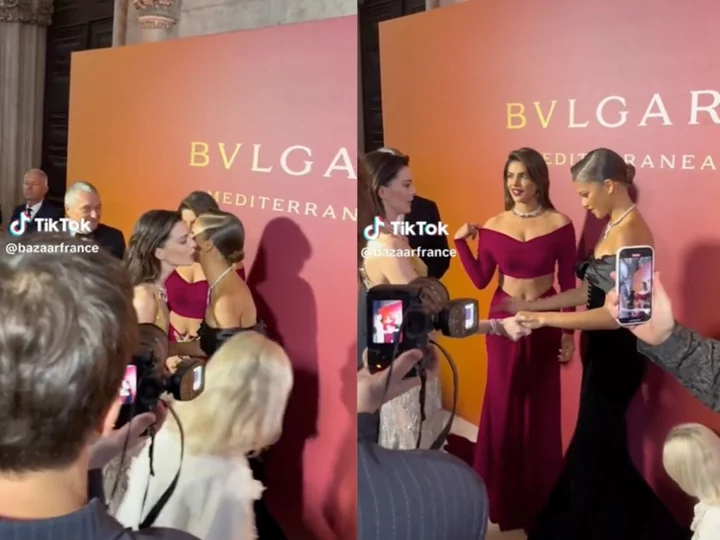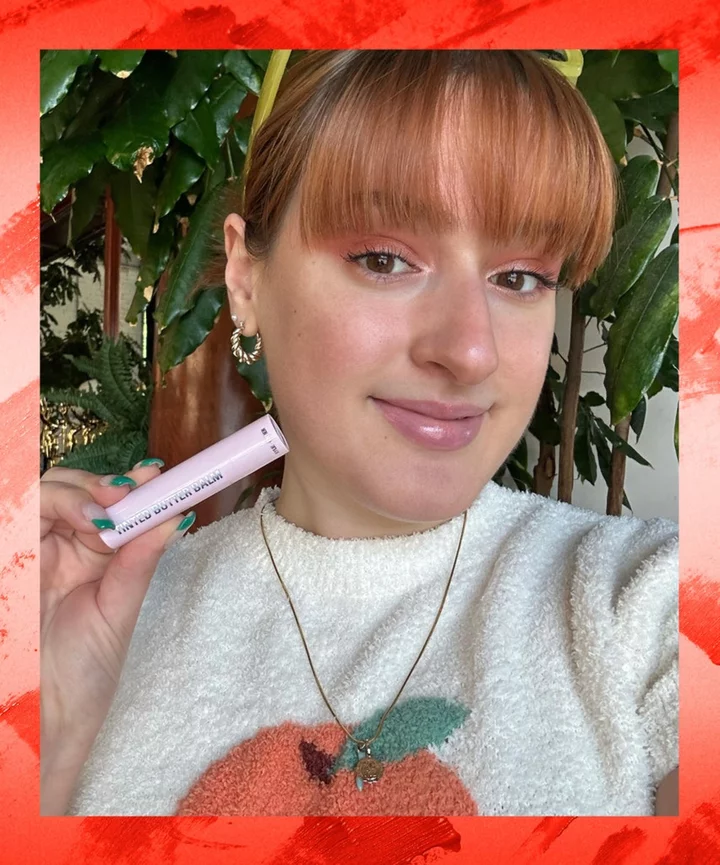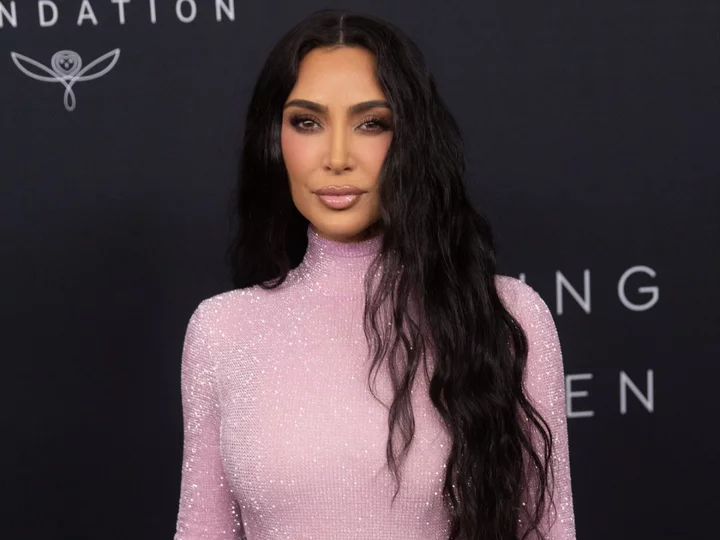Ties between Wimbledon and the royal family go back a long way.
To 1907, to be precise, the first year that the Prince and Princess of Wales (who would become King George V and Queen Mary) attended the famous Championships.
King George V later became patron of the All England Lawn Tennis and Croquet Club, a role now held by the current Princess of Wales.
Kate’s outfits are pored over almost as much as the action on court, and looking back at royal appearances at the tournament we can see how fashion has evolved throughout the decades.
As the iconic Championships begins on July 3, a fashion expert talks through some key looks and what they tell us about the style of the era…
King George V and Queen Mary
During the first Wimbledon Championships after a four-year hiatus due to World War I, the 1919 women’s final was attended by King George V – who was known to dislike contemporary fashion – and Queen Mary.
“When George arrived at Wimbledon, the hub of fashion inspiration for trendy Brits going into the Twenties and Thirties, he stood out like a sore thumb,” says Rosie Harte, author of The Royal Wardrobe.
Queen Mary wore a fringed dress with a loose coat, hat and gloves, and carried an umbrella.
“She, like other members of the royal family, felt pressure to fall in line with George’s conservative fashion preference,” Harte continues.
“And so appears here dressed in a slightly dated, soft and cluttered outfit at odds with the trim tailoring and sleek silhouettes beginning to emerge in women’s fashion.”
Queen Elizabeth II
Queen Elizabeth II became patron of the All England Club in 1952, but only visited the Championships a handful of times.
The first was in 1957 when she attended the women’s singles final, wearing a floral midi dress with white accessories.
“Unlike the celebrities of their day, the most dutiful of Wimbledon-bound royals have often avoided pandering to the tennis aesthetic when styling themselves for an appearance,” says Harte.
“Even as a young Queen at Wimbledon, Elizabeth was always more fond of an outfit that read homely British romance rather than the wardrobe of the modern woman.”
The monarch returned to the tournament in 1977, donning a pink coat dress and hat, and in 2010, wearing a similar ensemble in aqua blue.
“Each appearance followed the rubric of the Queen’s royal uniform which, as the years went on, became more and more regimented,” Harte says.
“Whether she was on the green or sat in a sea of spectators, the eye needed to be drawn to the Queen through the use of vibrant colours that do not typically feature in the Wimbledon setting.”
Diana, Princess of Wales
Tennis fan Diana attended Wimbledon more than a dozen times during the Eighties and Nineties, during which time her personal style evolved considerably.
“Going into the Nineties, the Princess of Wales was under no illusion that her marriage was the fairytale it had initially been framed as,” suggests Harte.
“Consequently, the frothy, fairytale elements of her wardrobe, inspired by the traditional looks of more senior royals, began to disappear.”
Floral frocks and roomy sailor dresses made way for more structured and tailored looks.
Harte says: “Her white pleated skirt in 1991 embodied an elevated tennis skirt, and in 1995, her pale suit jacket with sunglasses folded over the collar set her apart as a sleek modern woman.”
The Princess of Wales
Another big tennis fan, Kate has been snapped in the audience at Wimbledon as far back as 2007, but her first memorable fashion look came in 2012, a year after she married the Prince of Wales.
Kate donned a seemingly tennis-inspired knitted dress from Alexander McQueen (the label that made her wedding dress) with a drop-waist and blue accented cuffs and hem.
“She radiated the essence of the iconic pre-war tennis star – an aesthetic largely rejected by the royal family,” says Harte.
Taking over from the late Queen as patron in 2016, Kate has continued to reference tennis colours over the years with green and white dresses, and in 2022 opted for vintage-inspired looks.
“Last year saw her attending Wimbledon in various outfits that used cut, colour and accessories to reference the fashions of the daring, modern woman who emerged in the 1920s and Thirties,” says Harte.
“Her bright yellow Roksanda IlinÄić frock was the most subtle of these, but the vibrant colour was uncompromising, making her an unavoidable figure at the event.”









